Roger Alimi
Multiclass Permanent Magnets Superstructure for Indoor Localization using Artificial Intelligence
Jul 14, 2021
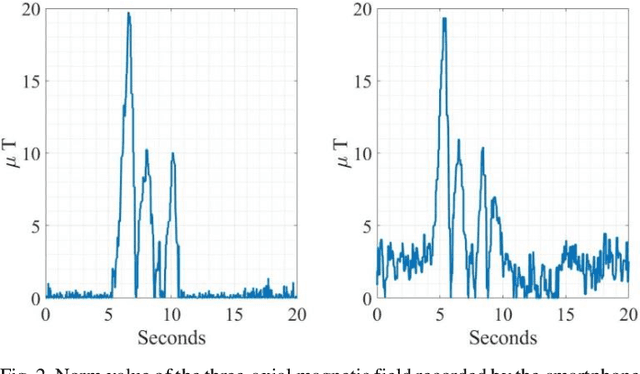
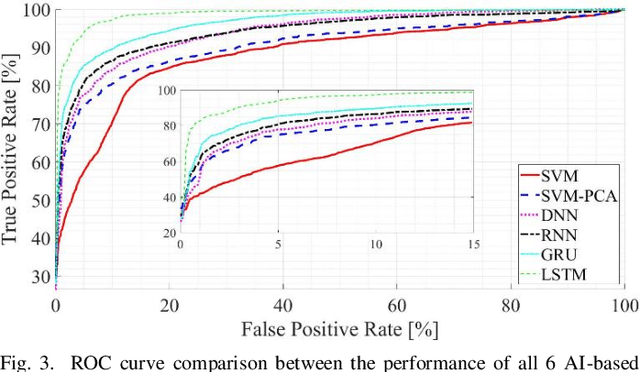
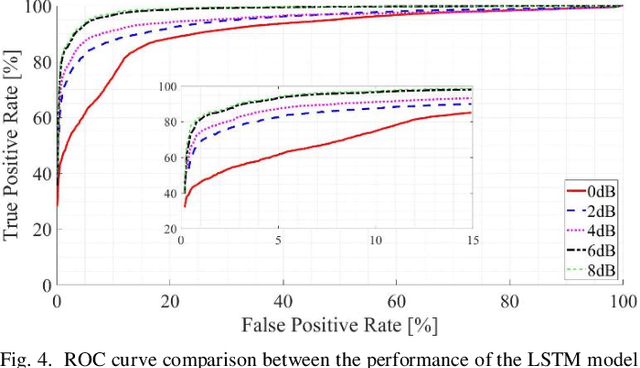
Abstract:Smartphones have become a popular tool for indoor localization and position estimation of users. Existing solutions mainly employ Wi-Fi, RFID, and magnetic sensing techniques to track movements in crowded venues. These are highly sensitive to magnetic clutters and depend on local ambient magnetic fields, which frequently degrades their performance. Also, these techniques often require pre-known mapping surveys of the area, or the presence of active beacons, which are not always available. We embed small-volume and large-moment magnets in pre-known locations and arrange them in specific geometric constellations that create magnetic superstructure patterns of supervised magnetic signatures. These signatures constitute an unambiguous magnetic environment with respect to the moving sensor carrier. The localization algorithm learns the unique patterns of the scattered magnets during training and detects them from the ongoing streaming of data during localization. Our contribution is twofold. First, we deploy passive permanent magnets that do not require a power supply, in contrast to active magnetic transmitters. Second, we perform localization based on smartphone motion rather than on static positioning of the magnetometer. In our previous study, we considered a single superstructure pattern. Here, we present an extended version of that algorithm for multi-superstructure localization, which covers a broader localization area of the user. Experimental results demonstrate localization accuracy of 95% with a mean localization error of less than 1m using artificial intelligence.
* Accepted to IEEE Transactions on Magnetics
Low power in-situ AI Calibration of a 3 Axial Magnetic Sensor
Jun 27, 2021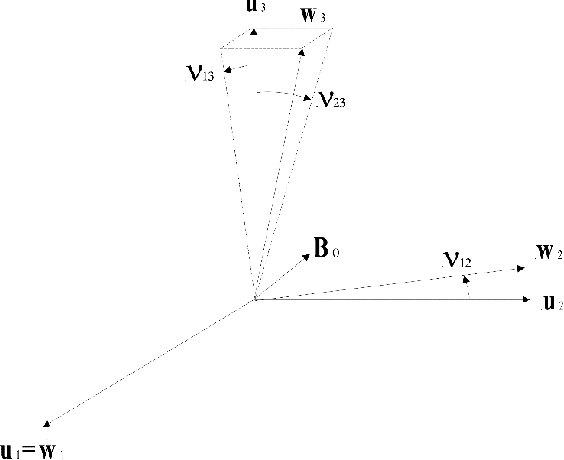
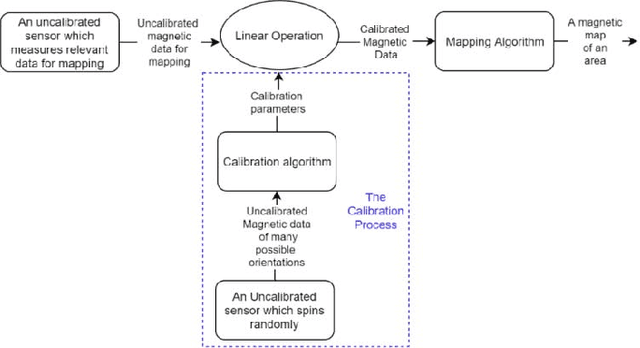
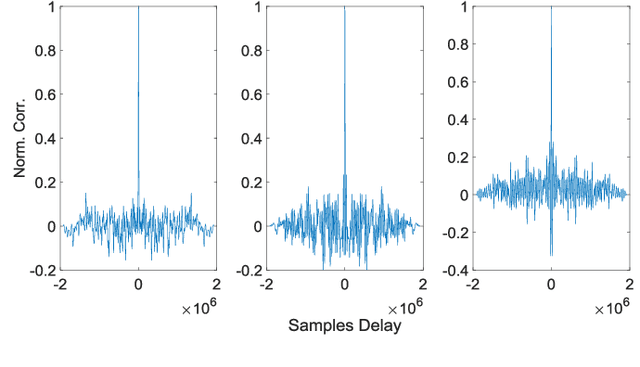
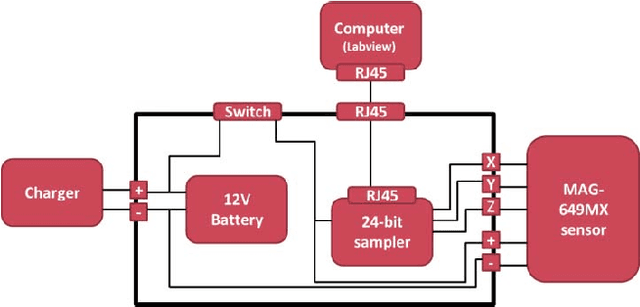
Abstract:Magnetic surveys are conventionally performed by scanning a domain with a portable scalar magnetic sensor. Unfortunately, scalar magnetometers are expensive, power consuming and bulky. In many applications, calibrated vector magnetometers can be used to perform magnetic surveys. In recent years algorithms based on artificial intelligence (AI) achieve state-of-the-art results in many modern applications. In this work we investigate an AI algorithm for the classical scalar calibration of magnetometers. A simple, low cost method for performing a magnetic survey is presented. The method utilizes a low power consumption sensor with an AI calibration procedure that improves the common calibration methods and suggests an alternative to the conventional technology and algorithms. The setup of the survey system is optimized for quick deployment in-situ right before performing the magnetic survey. We present a calibration method based on a procedure of rotating the sensor in the natural earth magnetic field for an optimal time period. This technique can deal with a constant field offset and non-orthogonality issues and does not require any external reference. The calibration is done by finding an estimator that yields the calibration parameters and produces the best geometric fit to the sensor readings. A comprehensive model considering the physical, algorithmic and hardware properties of the magnetometer of the survey system is presented. The geometric ellipsoid fitting approach is parametrically tested. The calibration procedure reduced the root-mean-squared noise from the order of 104 nT to less than 10 nT with variance lower than 1 nT in a complete 360 degrees rotation in the natural earth magnetic field.
* Accepted to IEEE Transactions On Magnetics
Machine Learning Detection Algorithm for Large Barkhausen Jumps in Cluttered Environment
Jun 27, 2021



Abstract:Modern magnetic sensor arrays conventionally utilize state of the art low power magnetometers such as parallel and orthogonal fluxgates. Low power fluxgates tend to have large Barkhausen jumps that appear as a dc jump in the fluxgate output. This phenomenon deteriorates the signal fidelity and effectively increases the internal sensor noise. Even if sensors that are more prone to dc jumps can be screened during production, the conventional noise measurement does not always catch the dc jump because of its sparsity. Moreover, dc jumps persist in almost all the sensor cores although at a slower but still intolerable rate. Even if dc jumps can be easily detected in a shielded environment, when deployed in presence of natural noise and clutter, it can be hard to positively detect them. This work fills this gap and presents algorithms that distinguish dc jumps embedded in natural magnetic field data. To improve robustness to noise, we developed two machine learning algorithms that employ temporal and statistical physical-based features of a pre-acquired and well-known experimental data set. The first algorithm employs a support vector machine classifier, while the second is based on a neural network architecture. We compare these new approaches to a more classical kernel-based method. To that purpose, the receiver operating characteristic curve is generated, which allows diagnosis ability of the different classifiers by comparing their performances across various operation points. The accuracy of the machine learning-based algorithms over the classic method is highly emphasized. In addition, high generalization and robustness of the neural network can be concluded, based on the rapid convergence of the corresponding receiver operating characteristic curves.
* Accepted to IEEE Magnetics Letters
 Add to Chrome
Add to Chrome Add to Firefox
Add to Firefox Add to Edge
Add to Edge